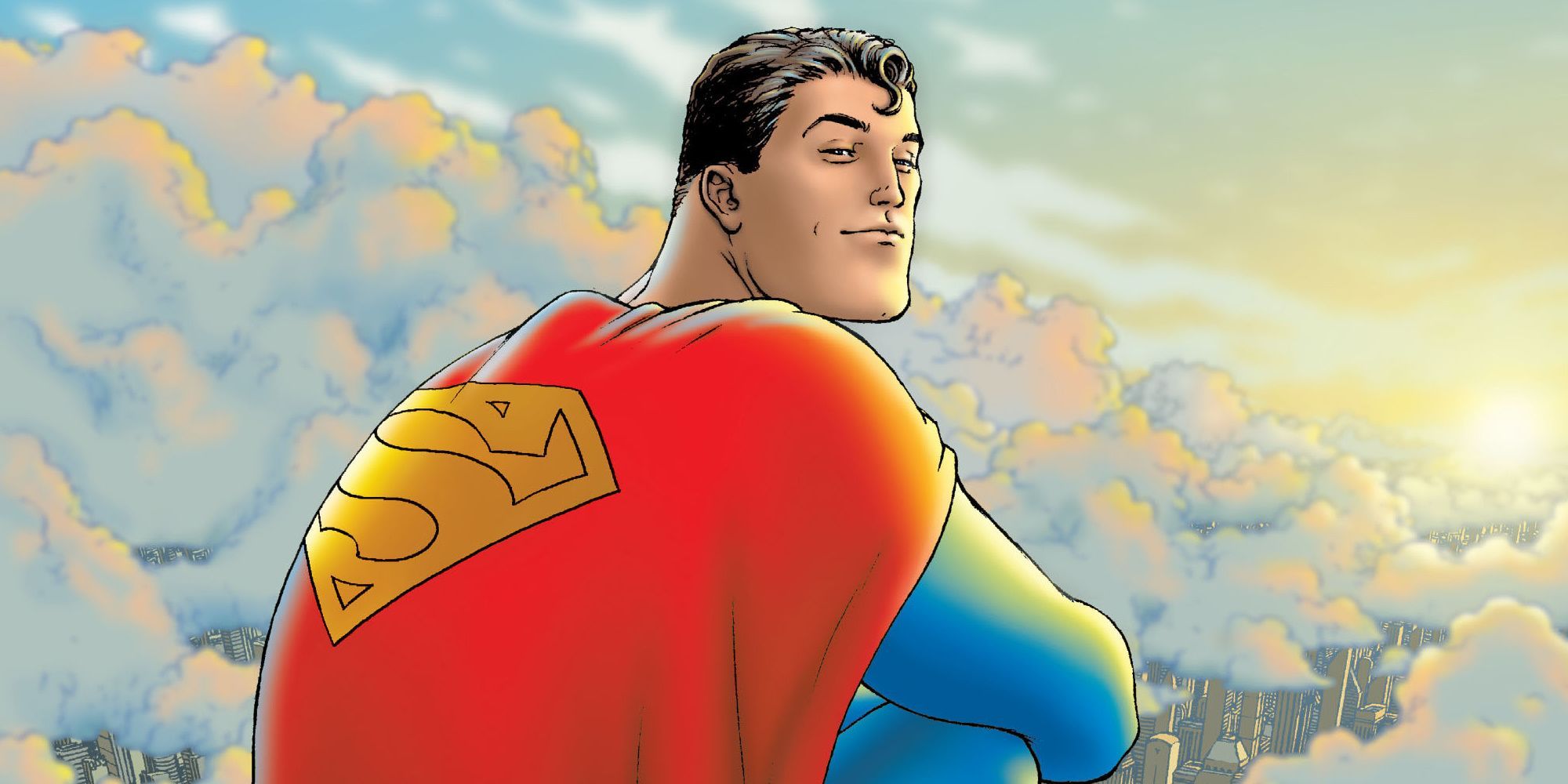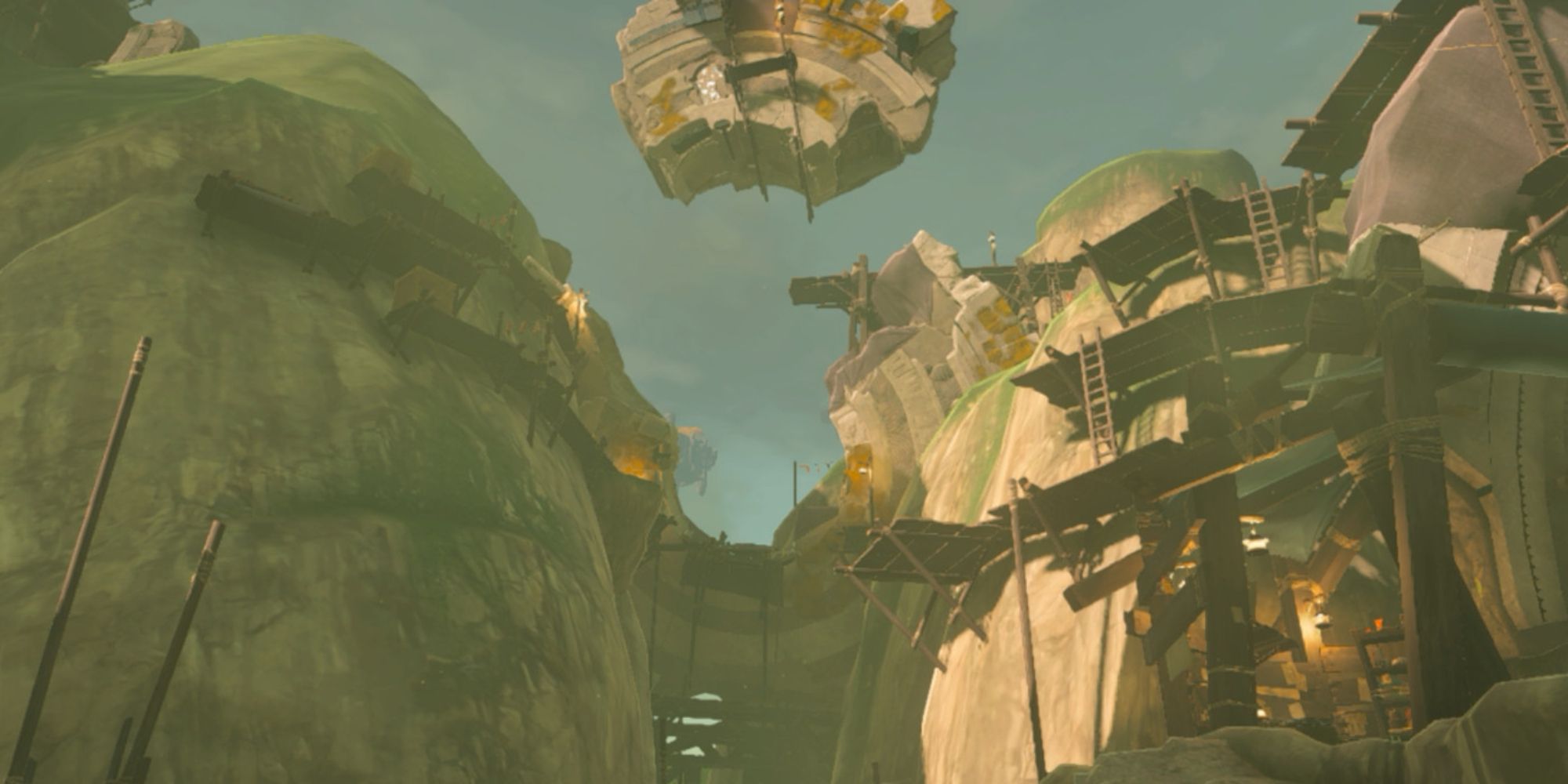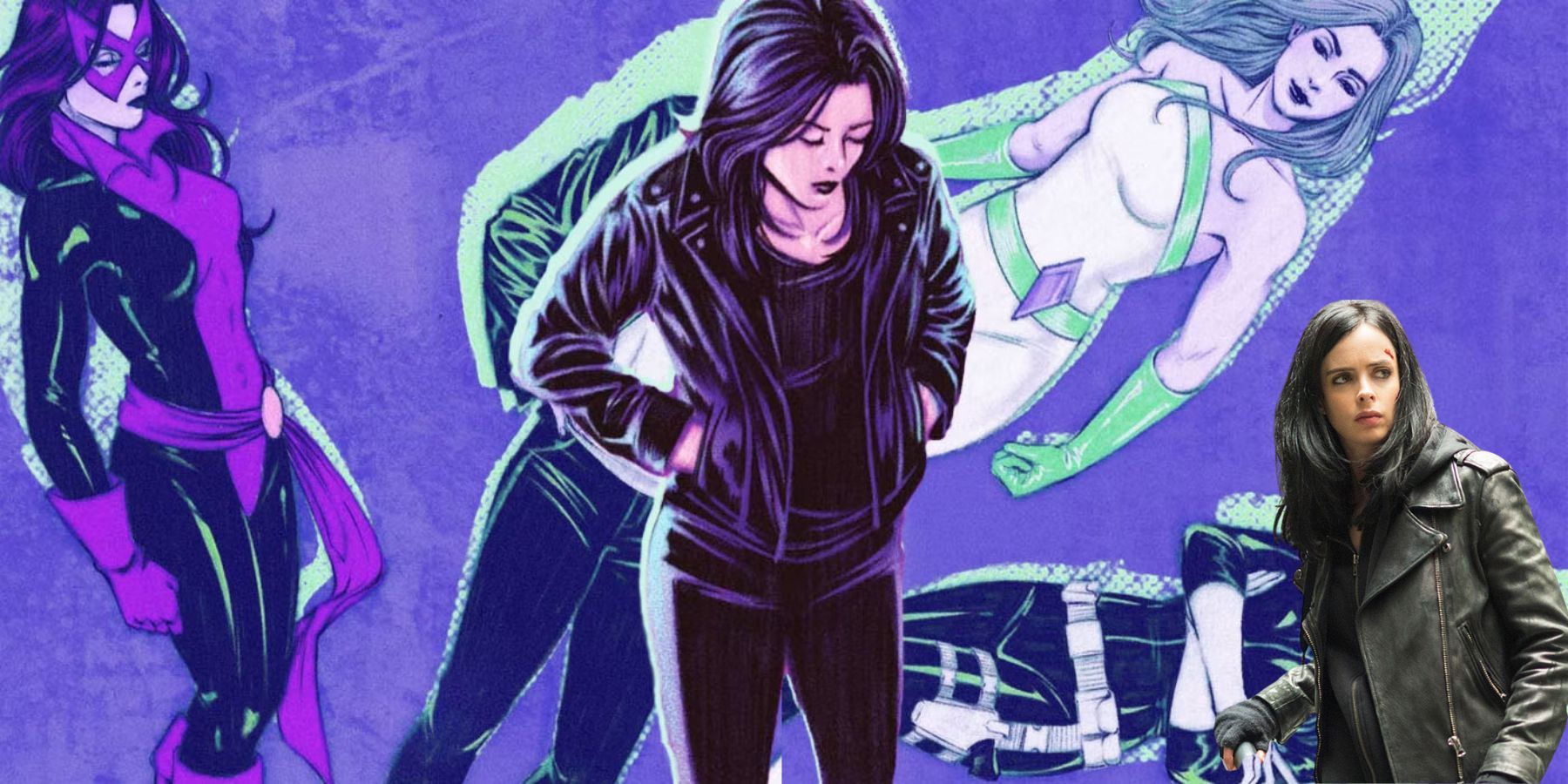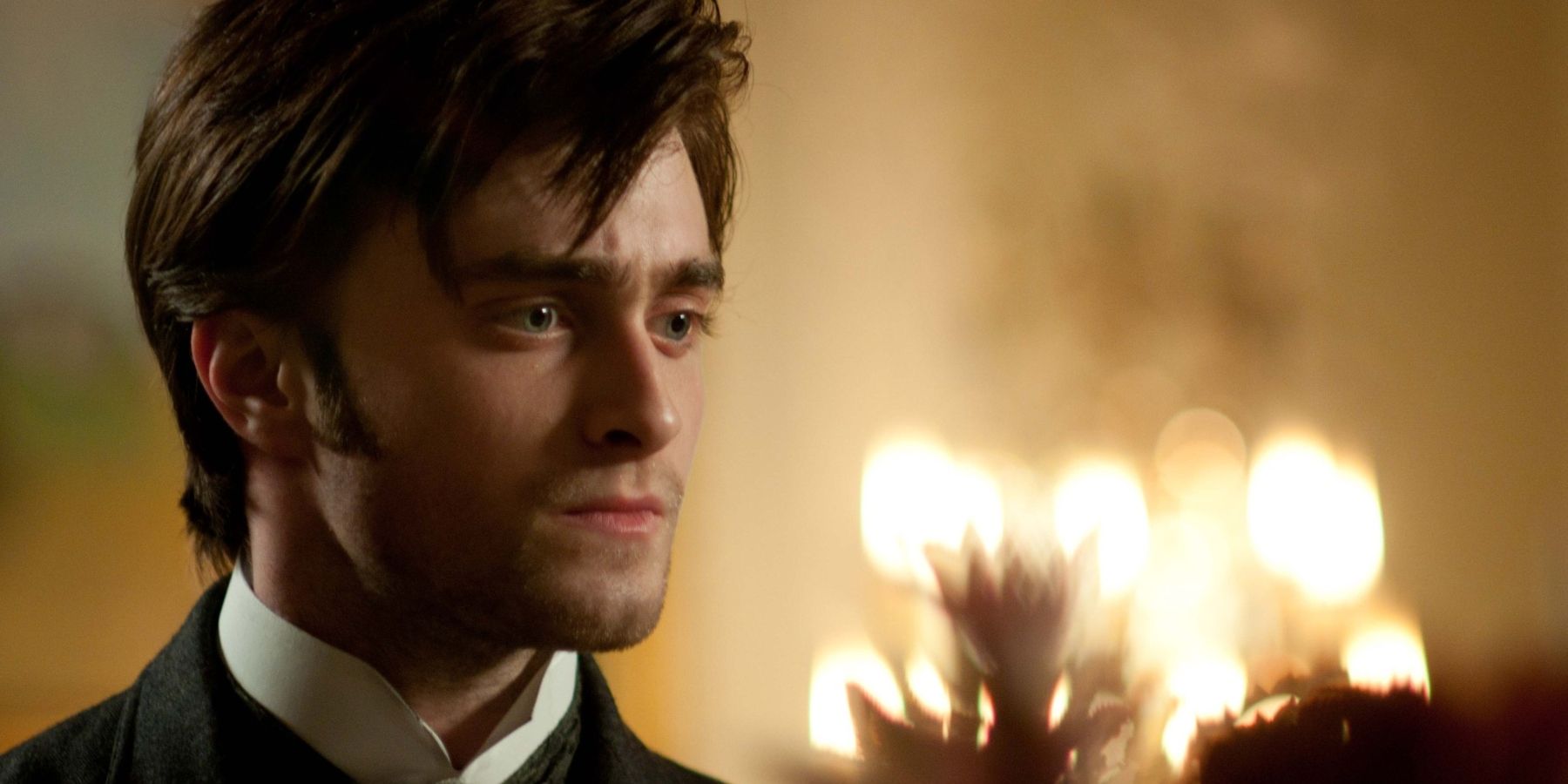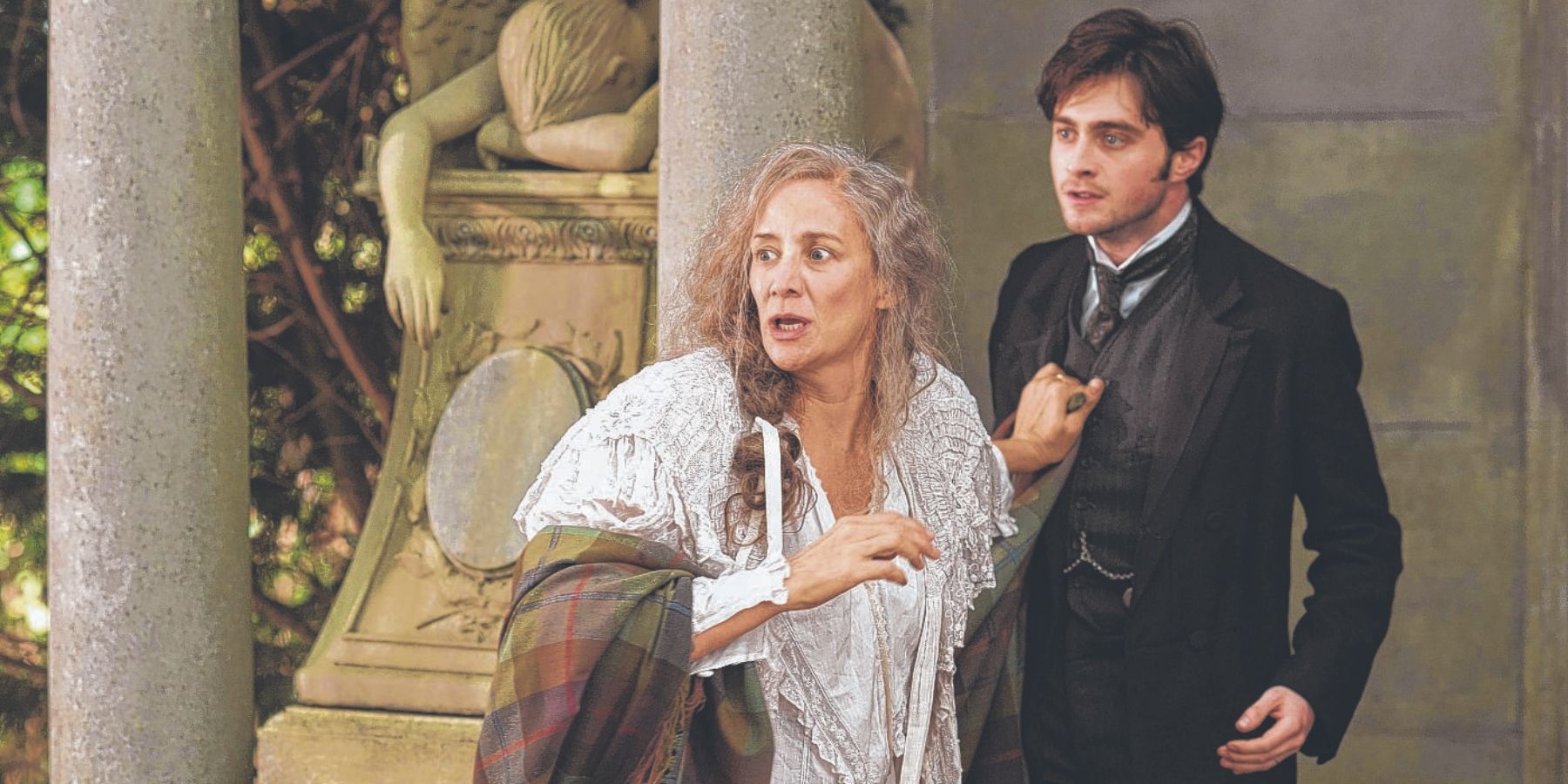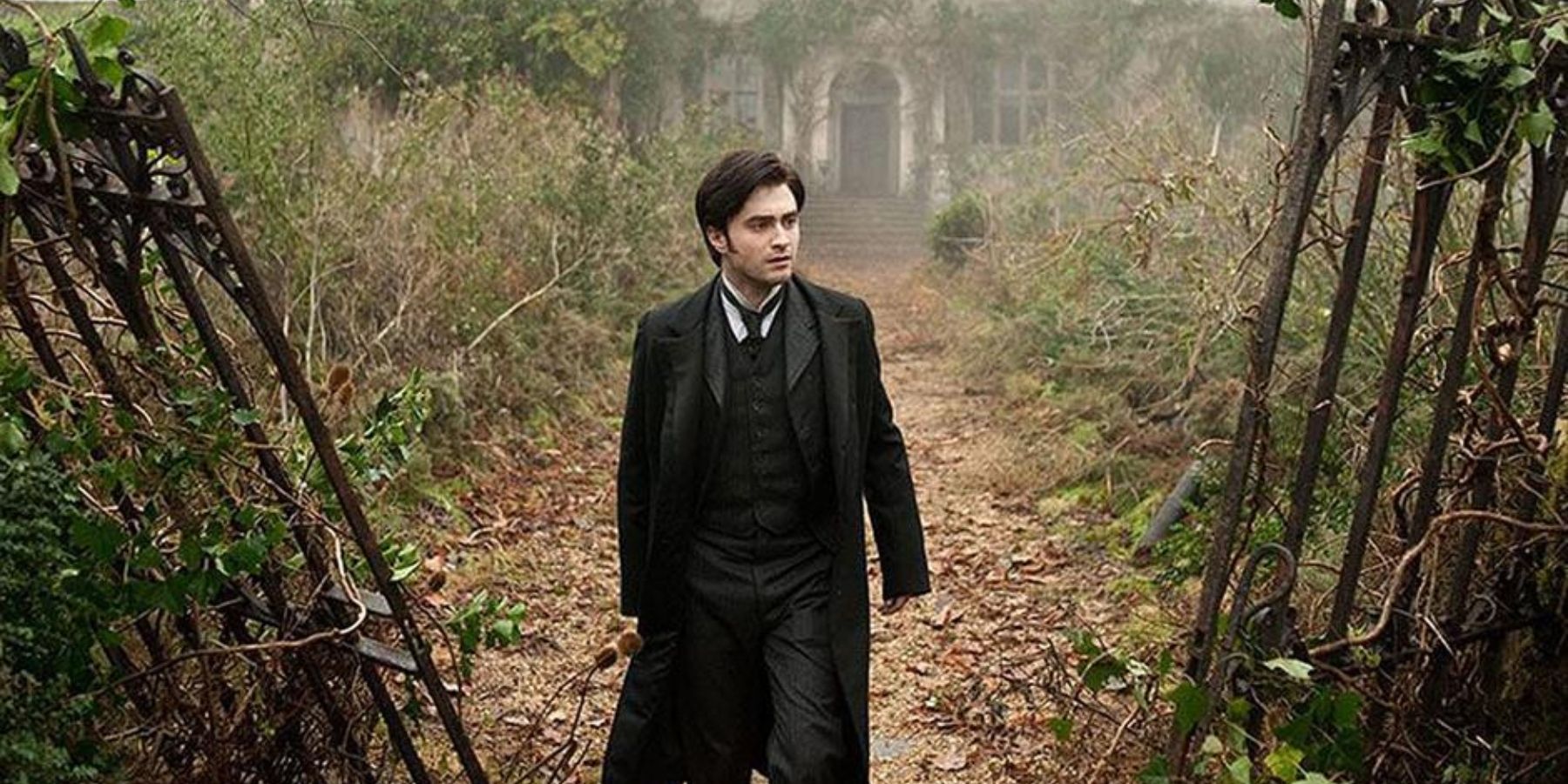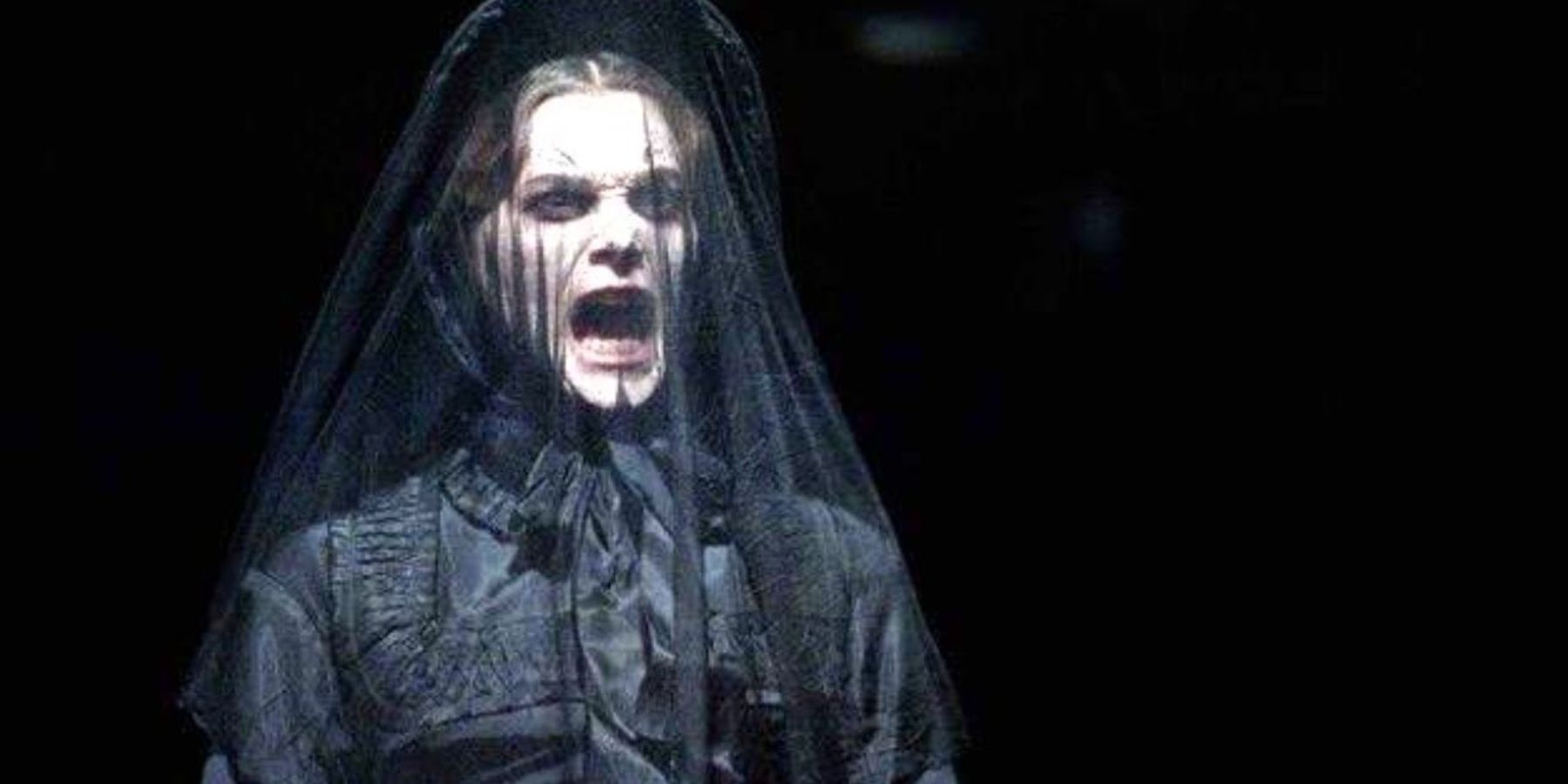Highlights
- Daniel Radcliffe successfully broke away from his iconic role as Harry Potter by starring in the supernatural horror film, The Woman in Black, showcasing his range as an actor.
- The Woman in Black stands apart from other supernatural horrors due to its chilling atmosphere, tension, and Radcliffe's bone-chilling performance.
- Although a sequel to The Woman in Black was released, Daniel Radcliffe did not return for it, highlighting the importance of his performance in the success of the first film.
Throughout cinematic history, few actors have had their careers as linked to a single character as Daniel Radcliffe. At the age of 12, he became a household name for playing the titular character in the film adaptation of Harry Potter and the Philosopher’s Stone, the first entry to a saga that would later on become a cultural phenomenon. The world knew Radcliffe as Harry Potter, a role he went on to play for eight films. Not only did people witness Harry’s journey from a wide-eyed child to a powerful wizard, but also Radcliffe’s own journey as an actor who grew up in the public eye. Following the release of Harry Potter and the Deathly Hallows: Part 2 in 2011, the last entry in the beloved series, the world couldn’t help but wonder what was next for the actor who had become the face of magic for an entire generation.
Daniel Radcliffe faced a challenge in the wake of Harry Potter’s fame. For many actors, playing such an iconic role could lead to a typecasting barrier nearly impossible to break away from. However, Radcliffe’s response to this challenge was bold and unexpected. In 2012, he traded his Hogwarts robes for a suit, and entered the world of supernatural horror by starring in James Watkins’ The Woman in Black, showcasing his range as an actor and his commitment to not letting a single role and genre define the rest of his career.
What Is The Woman in Black About?
After his Harry Potter days, Daniel Radcliffe's first encounter with the horror genre was The Woman in Black, although he went on to participate in more horror films later on. The Woman in Black is an adaptation of Susan Hill’s 1983 best-selling gothic horror novel. The 2012 film, directed by James Watkins and written by Jane Goldman, stars Daniel Radcliffe as Arthur Kipps, a lawyer who must settle the estate of Mrs. Drablow, a deceased widow, in the remote village of Crythin Gifford. Upon his arrival, Kipps discovers that the locals are hiding a sinister secret, the vengeful spirit of the Woman in Black. As he unravels the mystery of the woman’s identity and her curse, the young lawyer becomes involved in a supernatural horror nightmare that threatens his life and the fates of the people around him.
What sets The Woman in Black apart from other supernatural horrors is its chilling atmosphere and tension. Radcliffe brings a new kind of magic to the screen with his performance, a magic of fear and suspense that perfectly complements the eerie nature of Crythin Gifford. The film introduces a Radcliffe ready to terrify the audience with a bone-chilling precision.
Is There a Woman in Black Sequel?
Following the success of The Woman in Black, a sequel was announced. The Woman in Black: Angel of Death was released in 2014, two years after the first one, and it was directed by Tom Harper, written by Jon Crocker, and Susan Hill, author of the original novel, also helped with the story. Daniel Radcliffe, however, did not return for this sequel, even though it had been rumored that he would reprise his role for a brief appearance. Although it continues to explore the haunting universe established in the first film, The Woman in Black: Angel of Deathfailed to receive the same level of acclaim as its predecessor.
The sequel is set during World War II, and it follows a group of children who stay at the Crythin Gifford mansion seeking refuge, and instead encounter the evil spirit of the Woman in Black. While the film offers more insight into the backstory of the titular Woman in Black and her curse, Daniel Radcliffe’s absence is quite noticeable and further proves the importance of his performance in the first movie’s success.
How Does The Woman in Black End?
During the third act of The Woman in Black, Arthur Kipps discovers that the village is haunted by the vengeful spirit of Jennet Humfrye, also known as the Woman in Black, a grieving woman who had lost her child, and her appearances lead to the deaths of local children. After learning that his young son is coming to Crythin Gifford to visit him, Kipps, terrified for his son’s safety, confronts the Woman in Black in a terrifying climactic sequence. He ends up reuniting Jennet with the spirit of her son, and assumes the ghosts are now at rest.
Arthur travels to the train station to meet with his son, and as he bids his goodbyes, he sees the Woman in Black, who senses another potential victim, lure his son onto the train tracks. In an attempt to save him, Kipps follows him down, but they are both killed by a train. After they die, they are reunited with Stella, Kipps’ late wife and mother of his son. Unlike the rest of the children Jennet’s ghost had killed, who remain trapped in limbo with the evil spirit, Arthur and his son are able to reach the afterlife, as shown by their reunion with Stella.
The Woman in Black's final scene represents the themes of grief, vengeance, and the consequences of the past, explored throughout the story, and it leaves the audience with a certain sense of unease. While Arthur managed to temporarily calm the Woman in Black’s spirit, the curse isn’t fully broken, leaving some unanswered questions about the supernatural forces of Crythin Gifford, and leaving the possibility of a sequel open.

